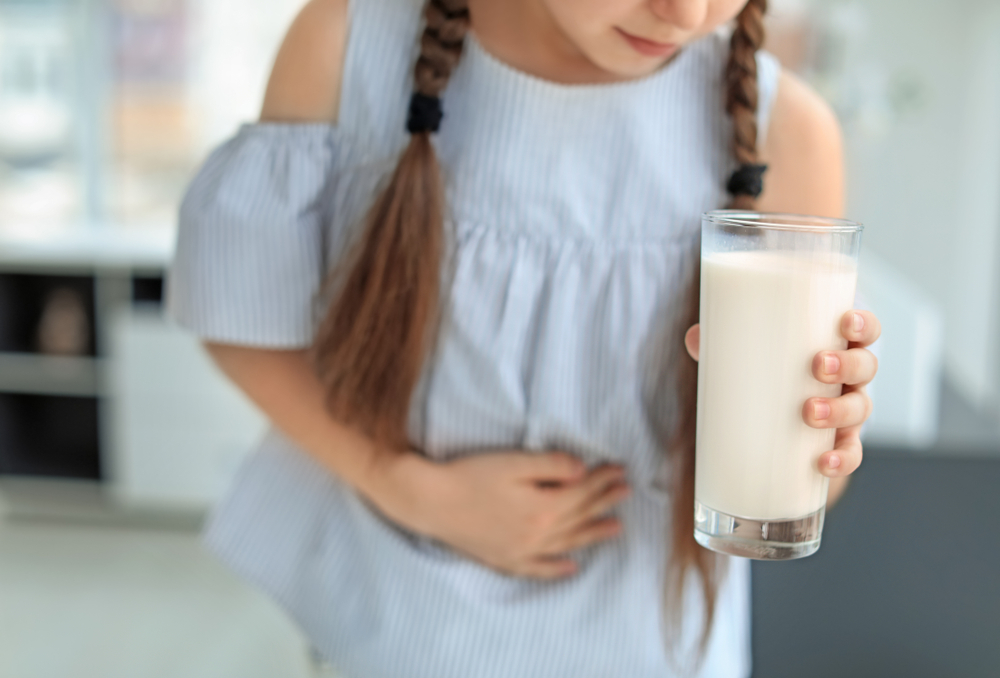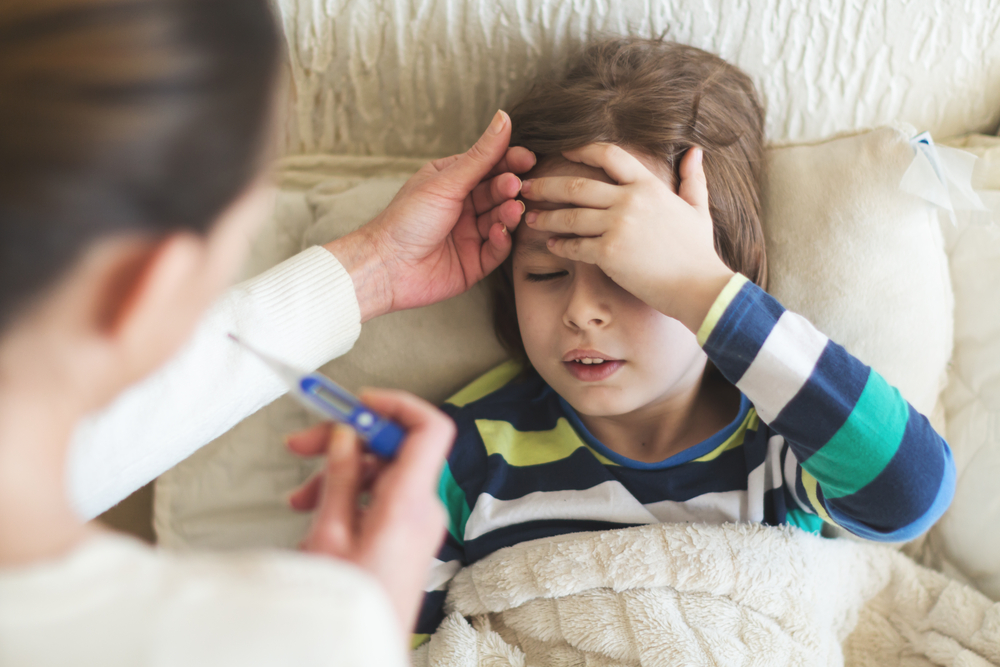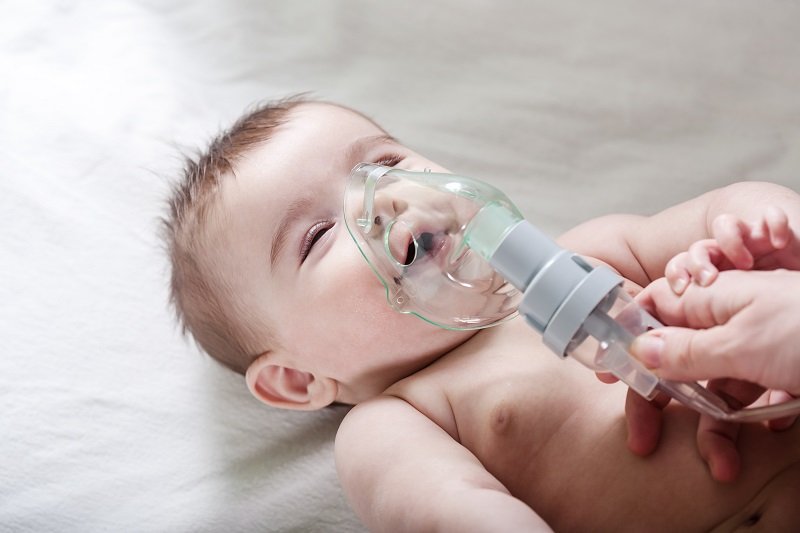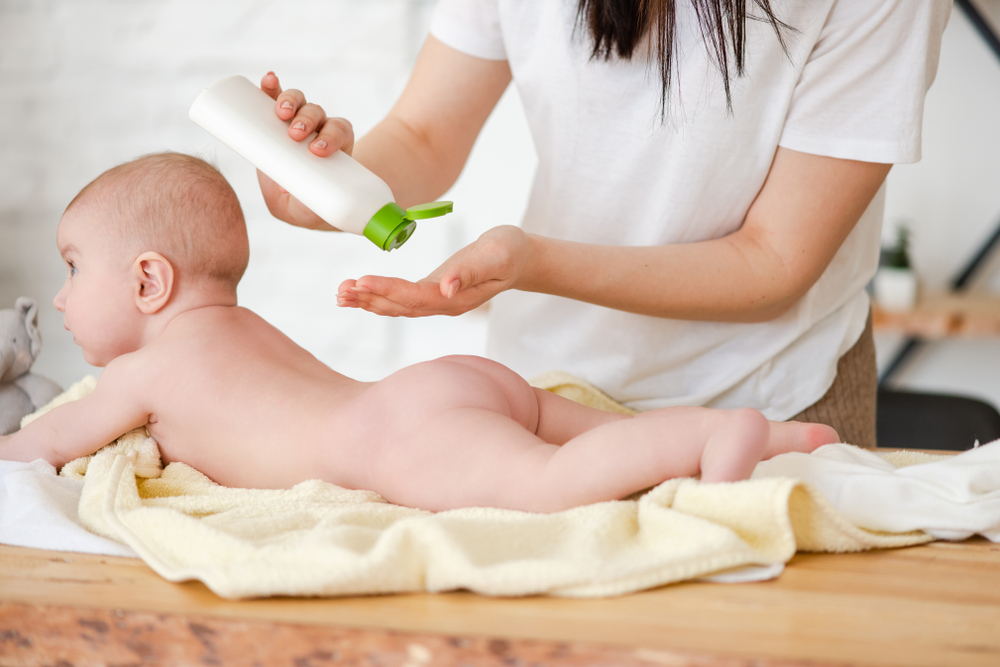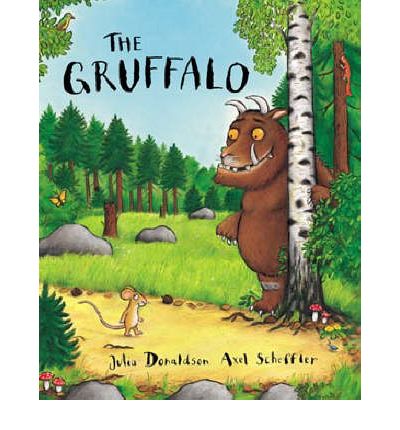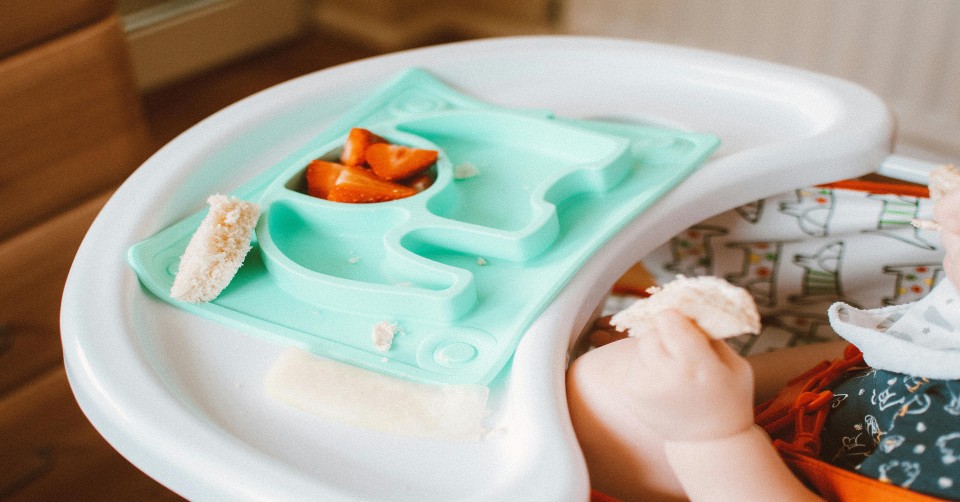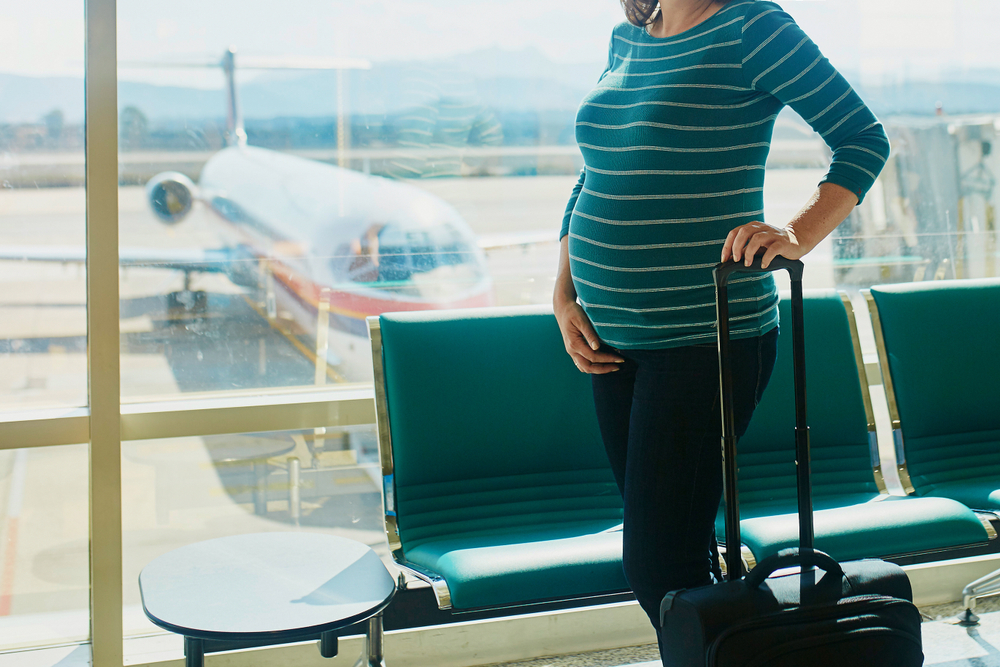Nutrition tips
Practices you should be aware of to best preserve your food
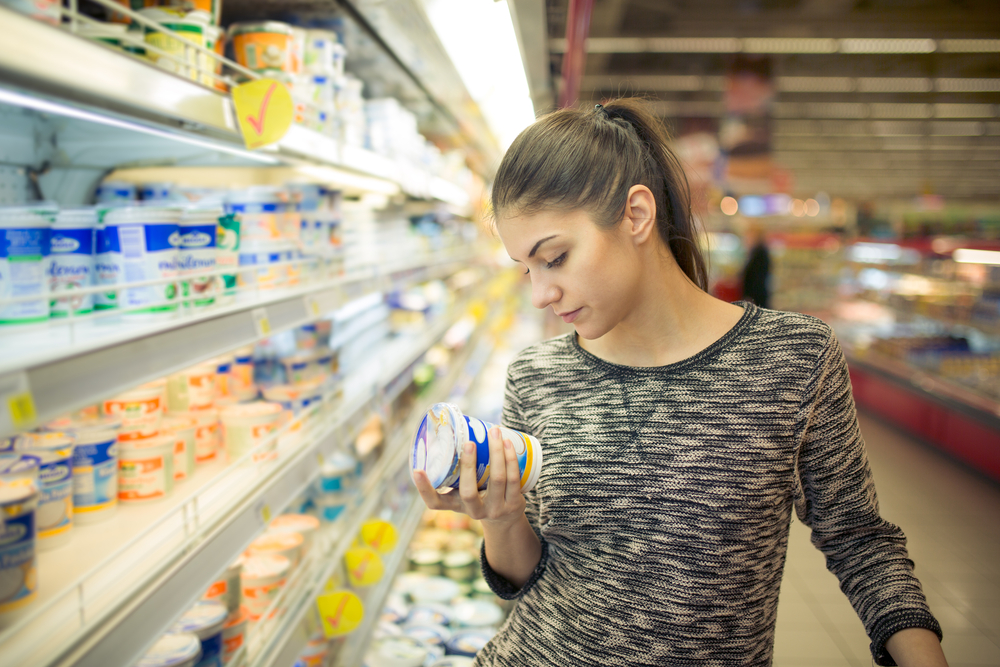
Sometimes no matter how much we try to moderate the amount of food we cook or buy, we always end up with more than what we need. But with excess food comes the concern of its freshness and our family’s health and safety; how can you best preserve the food? How long can you keep it? And can simple heating up of leftovers be sufficient to ensure the destruction of all bacteria?
Here are some tips to help you navigate the best practices of food preservation.
1. Differentiate between “best before” and “use by/ expiration date”
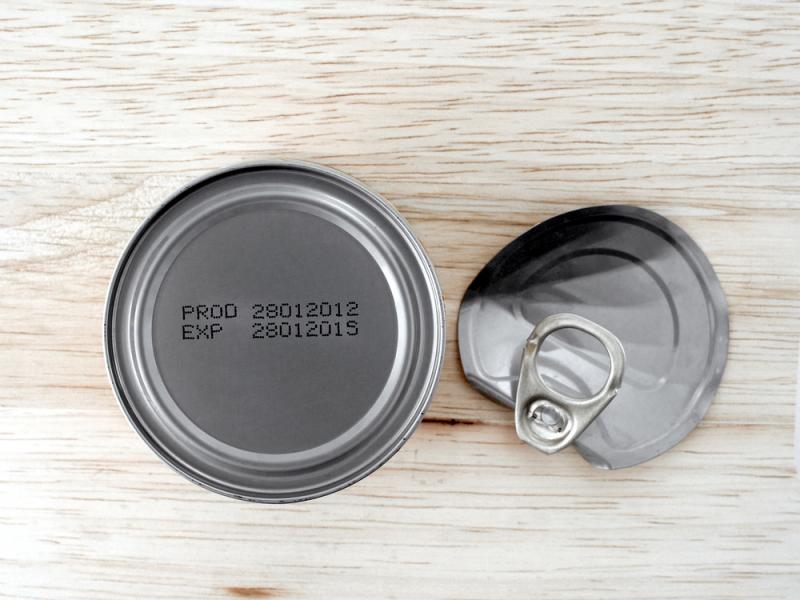
You can usually read on the food package either “best before” or “use by” then followed by a date. These two terms don’t necessarily mean the same thing. “Best before” means that this particular product has the best quality before that date, yet it is still safe to be consumed after that date (if stored properly). It’s just that maybe the taste, texture, smell or nutritional value are not at the optimal level of this product (but the product SHOULD NOT taste or smell BAD). Actually, many people around the world throw out thousands of dollarsworth of food just because its “best before” date has passed when the food is still edible.
On the other hand, “use by/ expiration date” is concerned with the safety of the product. The particular product is not safe to be consumed after that particular date.
2. Many products have “after opening” statement
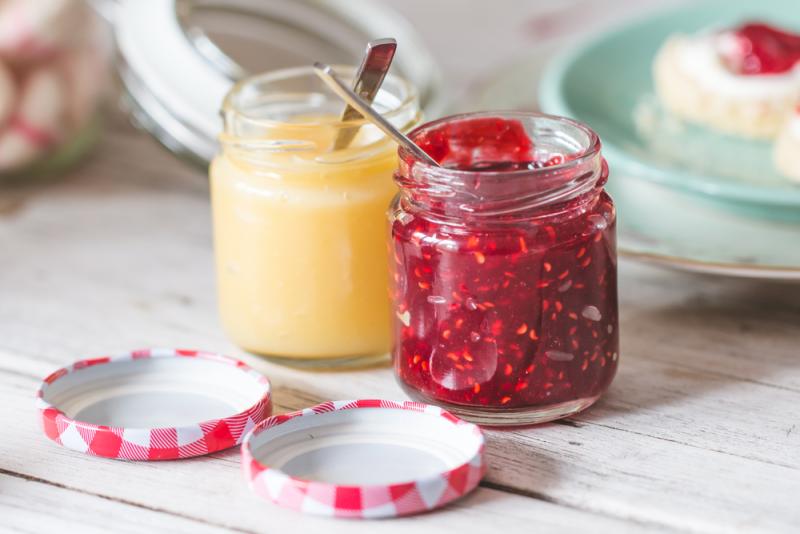
This statement is important to show you the best way to store your food after opening its packaging and how long you should keep it. Always try to find that statement before using an opened packaged food to make sure it’s safe to use. Just like the cooking cream and food storage jars.
3. Not all containers are food safe
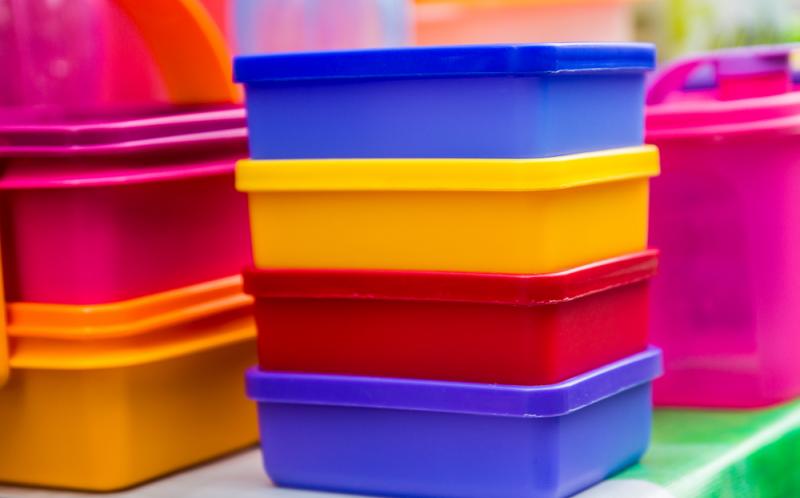
We all love cheap Tupperware and plastic containers, we can’t have enough of them around! However, not all containers are made equally and not all containers are made safely to touch your food. So before you buy anything to use to store your food or even anything that would come in any contact with your food, make sure you have “the food safe” label on it.
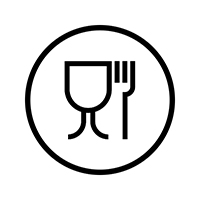
References:
- How Long Do Eggs Last Before Going Bad? (September 13, 2017). Taylor Jones. Healthline. https://www.healthline.com/nutrition/how-long-do-eggs-last
- Bread Products. Food Preparation and Cooking (1992) Roy Hayter. pp 29-32.
- Canned foods: purchasing and storing (January 2017). Food Standards: Australia and New Zealand. http://www.foodstandards.gov.au/consumer/safety/cannedfoods/Pages/default.aspx
- Dry bean storage (September 16, 2016). Karen Fifield. Michigan State University. https://www.canr.msu.edu/news/dry_bean_storage
- Ethylene in Fruits and Vegetables (2017). UC San Diego School of Medicine. https://ucsdcommunityhealth.org/wp-content/uploads/2017/09/ethylene.pdf


